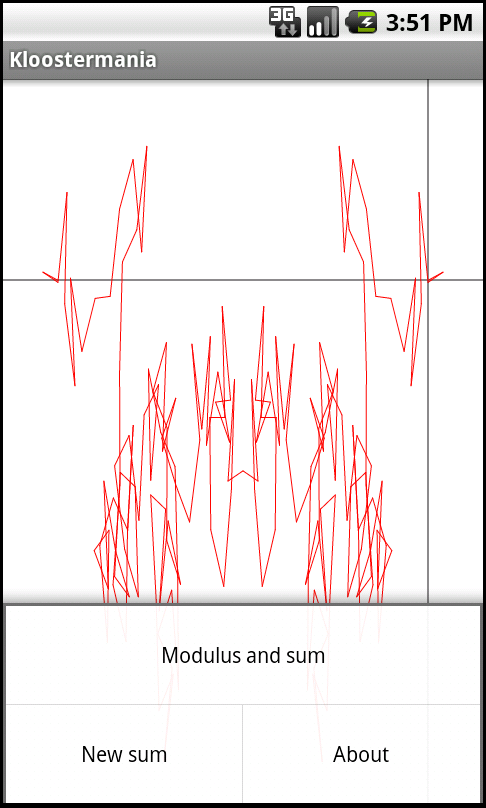After a very nice week in Göttingen, I continued my course on exponential sums over finite fields by starting the proof of the Riemann Hypothesis for character sums of the type
where χ is a non-trivial multiplicative character and g a polynomial with coefficients in the finite field. My first intention was to present Stepanov’s original method. I even typed (as one can still see in the script) the necessary technical section concerning the Hasse derivatives that he used to detect zeros of high order of polynomials over finite fields, before deciding to switch instead to a specialization of Bombieri’s interpretation of the method. I did this mainly for two reasons:
- (1) The standard Stepanov method is already presented in my book with Iwaniec (at least for the important special case where χ is of order 2), and I prefer to avoid, as much as possible, repeating either what I write or the way I teach some subject;
- (2) Although Bombieri’s version depends, in its full generality, on the basic theory of algebraic curves, especially the Riemann-Roch theorem, the special case involved here can be done essentially by hand, and doing so provides a way to start motivating how and why deeper algebraic geometry can become useful for exponential sums over finite fields.
More precisely, Stepanov’s idea for counting points on an algebraic curve given in the plane (with coordinates x and y) was to construct an auxiliary polynomial in the variable X which vanishes, to high order, at all x which are the first coordinate of a point on the curve. This works particularly well for special equations like
which are precisely those coming into play in the study of the multiplicative exponential sums above, with d equal to the order of the character. In Bombieri’s method, this auxiliary polynomial is replaced with a function which lives directly on the curve, and vanishes to high order at the points with coordinates in the finite field. This adds flexibility, and in particular the order of the zeros is shown to be large by constructing this function as a high-power of another one, whereas Stepanov has to deal with the Hasse derivatives to check that the vanishing is of suitable order.
To ensure that the auxiliary function is “not too big” (and thus bound the number of zeros, and this way the number of rational points), Bombieri has to use an analogue of the degree of a polynomial as measure of complexity. This is provided with the order of the pole of the function at an auxiliary (rational) point on the curve; since he works with projective curves, using the fact that a non-zero rational function has the same number of zeros and poles when multiplicity is taken into account means that controlling the poles gives an upper bound on the number of zeros.
Simplifications arise for the equations above because the auxiliary point can be taken to be at infinity. When the order d and the degree of the polynomial g are coprime, the order of the pole at infinity of a function
on the curve (which is clearly the only possible pole) is given by
simply because the “local” degrees in the maximum are distinct when i varies over the indices where the coefficient of Yi is non-zero. To perform the construction, one needs to understand which non-negative integers do appear as degrees of functions on the curve of this type. This is exactly what the Riemann-Roch theorem gives: for k large enough (in terms of the genus of the curve), one has
where the non-negative constant γ is an invariant of the curve, in fact precisely its genus. This should be compared with the case of polynomials of one variable: the dimension of the space of those polynomials with degree at most k is exactly k+1, corresponding to the projective line being a curve of genus 0. The Riemann-Roch theorem shows, in that special case, that the functions on the curve with a pole only at infinity behave, in this respect, almost like the standard polynomials.
With the definition of the degree above, this result is in fact a quite simple exercise with a combinatorial flavour, and this is what I used in the course.
